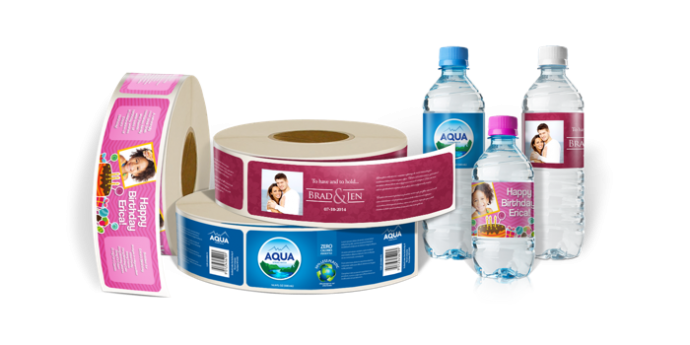While it’s certainly safe to say that no two products should share the exact same labelling or packaging, there are nonetheless several rules that should be followed by businesses creating products across the board. What’s often overlooked is the way in which above and beyond everything else in a brand’s arsenal, it will often come down to the packaging and labelling of a product to determine whether it sells and in what quantities. Even with the greatest product ever seen and a winning ad campaign, there’s still every chance of the product being a flop if would-be buyers are turned off when they see the product on the shelves with unflattering packaging.
Expert printing houses like Days Labels are asked day in and day out as to what it is that makes for the ‘perfect’ label. And while there will always be big differences in accordance with the brand, the product and the audience being targeted, there are nonetheless several key rules that should be at all times across the board.

It’s All About the Brand
For example, irrespective of the product you’re looking to sell on this occasion, you have to make sure that the direction you take with your packaging and labelling is fair and true to your brand. It’s so difficult for the world’s leading brands to diversify once their names become known, which in the case of smaller and newer businesses means making labels and packaging that both build and reflect your brand as a whole. Never, ever lose sight of the bigger picture in terms of your overall brand when creating the packaging for any one product – it could be a big mistake going forward.
Don’t Be Cryptic
Never forget that when a prospect heads the way of your product in a store, you have no more than a second or two to grab their attention and win them over…literally. As such, while it’s often tempting to come with overly clever and cryptic labels that to you at least beg closer inspection, there’s a very strong chance that as far as your prospect is concerned it simply won’t be worth bothering. As such, the second step in the process is that of making totally obvious at a glance what it is, who you are and why they should buy it – a tricky act to master and the true art of successful labelling.
Balance Text with Visuals
What determines the right balance between visuals and text will vary in accordance with your product and its packaging. If, for example, the packaging is 99% transparent with just a tiny label, you’ll hardly need to bother putting a picture of the product on the label. What’s more, as a picture can say a thousand words it’s always better to use images and visuals rather than to load your labelling with hundreds and hundreds of words your audience will have neither the time nor the inclination to read in full.
Make it Readable
Still on the subject of text, one of the biggest and most commonly-made mistakes of all by smaller and newer businesses is that of overlooking the importance of readable text by paying too much attention to fancy and ‘pretty’ text. Sure, there are some fonts that look nicer than others and yes you might have a lot to say, but at the same time there’s nothing to gain by making it either too small to read or too fancy to be legible. Think about a person that has no idea what it is or who you are – could they read it with ease from a short distance?
Make It Relevant
Relevance to your niche or industry area may sound like a no-brainer, but is also very often overlooked. If, for example, you’re selling a bag of ice cubes, chances are you’ll find it tough to win folk over with labelling feature images of a Mexican desert peppered with exotic species of cactus. Likewise, tropical fruit drinks aren’t going to sell well if wrapped in pictures of snowstorms. These are of course rather overstated examples, but nonetheless illustrate the importance of remaining relevant.
Print with Quality
Last but not least, no matter what kind of labelling you come up with or what it is you’re trying to sell, you will never get far if you don’t put enough thought and effort into the printing process itself. Not only do your labels and packaging need to be of the most flawless quality, but they also need to be absolutely seamless by way of consistency across the board – a job the average in-house printer is rarely, if ever, up to.

